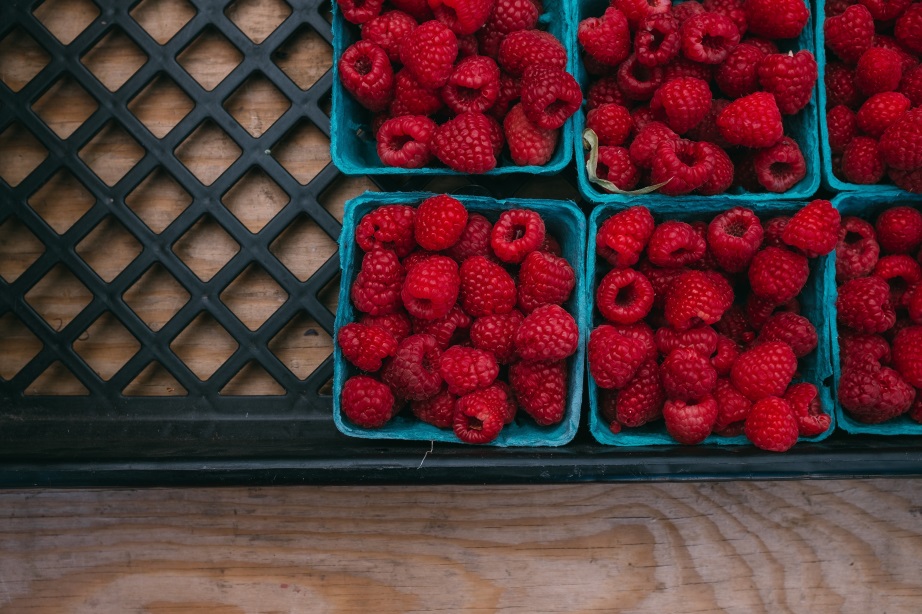Challenges and Solutions Within Food Distribution – Part 1

When it comes to food delivery, time is of the essence. Individual customer and businesses have an insatiable appetite for fresh food delivered fast.
But it’s not just delivering food on-demand that counts. It’s making sure customers receive high quality, undamaged deliveries which contain every single item – even the ones added to the order at the very last moment.
This is all in an industry which is seeing a rapid increase in demand, particularly to B2C customers, since the COVID-19 situation began.
In the first of a two-part series on food distribution and delivery we take a look at the main issues faced at this time of unprecedented demand. We’ll review the logistics, customer expectations and challenges of managing a thinly-spread network of delivery drivers under pressure.
Delivering on time and meeting tight delivery windows
There are only so many peak slots your company can offer. Peaks in demand make it feel like your drivers need to be in many places at once. It’s a hard act to follow especially with heavy traffic, restricted parking and delays in handing over goods once they’ve got to their destinations.
And if you don’t deliver the goods on time then it’s simply no good. You can’t change the time of breakfast, lunch, dinner or when a supermarket opens its doors by an hour or so. What’s more, the cost of late delivery just got even higher with retailers such as Wal-mart demanding even tighter delivery windows and threatening to fine companies for receiving orders late.
Processing last minute orders and changes
Demand for food and beverage is constantly changing. Prices, consumer tastes, menus and bookings mean an order might be completely different from one day to the next. What makes it even trickier is the last minute changes and additions to deliveries which wholesale distribution companies have to keep up with.
It’s not just the contents of an order these last minute changes affect. There’s a knock-on impact to loading, delivery times and route planning. A last minute change might mean you have to review traffic, your route and arrival time throughout the entire journey.
Keeping your customers informed
Planning is essential when it comes to catering and retail. Chefs and shop managers need to know what stock or ingredients they’ve got coming in and when it’s going to arrive before they can offer it to their customers.
Logistics companies can send delivery updates to make sure customers know exactly what’s going on. But keeping them in the loop isn’t just good customer service – it lets them know when they’ve got to be on-hand to accept deliveries so that drivers get a quicker turnaround time. The key here is obviously technology and we’re now seeing the implementation of solutions that have previously only been used in the home delivery market. It’s precisely these approaches which led to Morrison’s choosing DHL as the provider for wholesale logistics.
Maintaining the quality of your orders
There are a lot of things that can happen between the distribution centre and the food reaching the back door of the supermarket or restaurant. Food can get damaged, refrigeration systems can break and goods can be exposed to things you wouldn’t want to find on your plate.
You need to make sure the goods received are in the best possible condition – that they’re kept fresh and safe to reduce the amount of wastage and number of customer complaints which will impact your profitability and sales. When it comes to delivering these promises you need to deliver fresh food fast – making sure that you’re using the quickest routes and the right vehicles for the job.
Managing budgets and meeting expectations
You might think that meeting all of these expectations comes at a cost but it’s not as high as the price of missed deliveries, inefficiencies, stressed out drivers and wasted fuel.
Our delivery app and logistics planning software are here to help and could help you increase cost savings by factor of 10 as it has done for west country food distributors Arthur David.
They’ve found Maxoptra easy to use, responsive and reliable meaning they can plan out their day, incorporate changes and be confident drivers are reaching each destination on time and efficiently.
If you want to know how Maxoptra helps companies face each of these four food distribution challenges then just read our next blog.
Maxoptra System
© MaxOptra, 2023. Privacy Policy and Cookies
